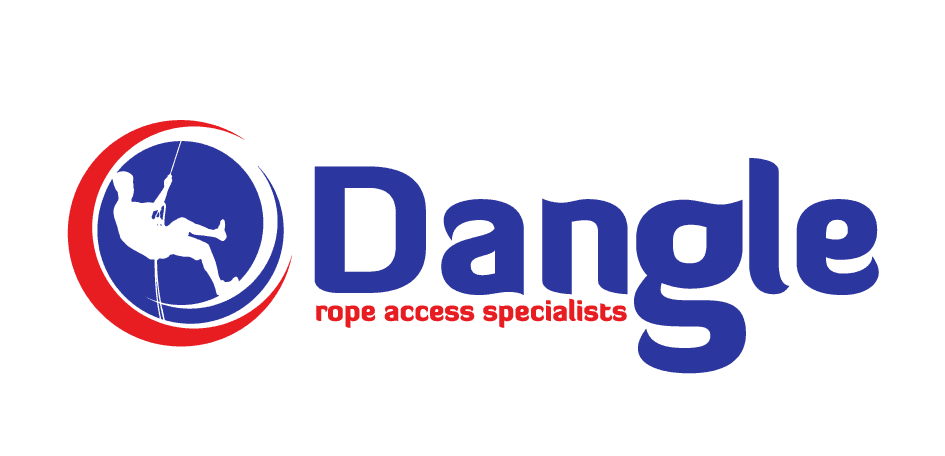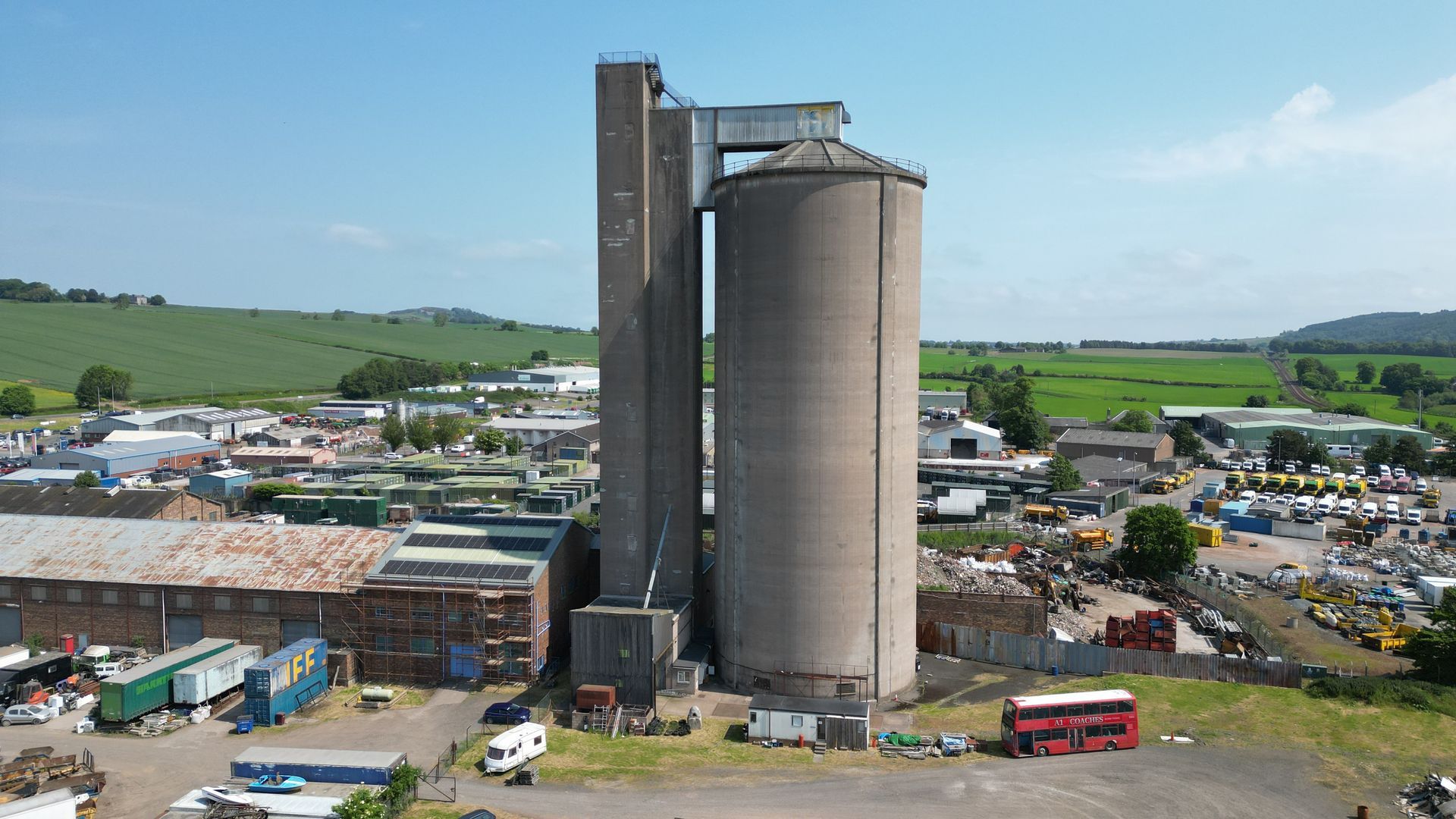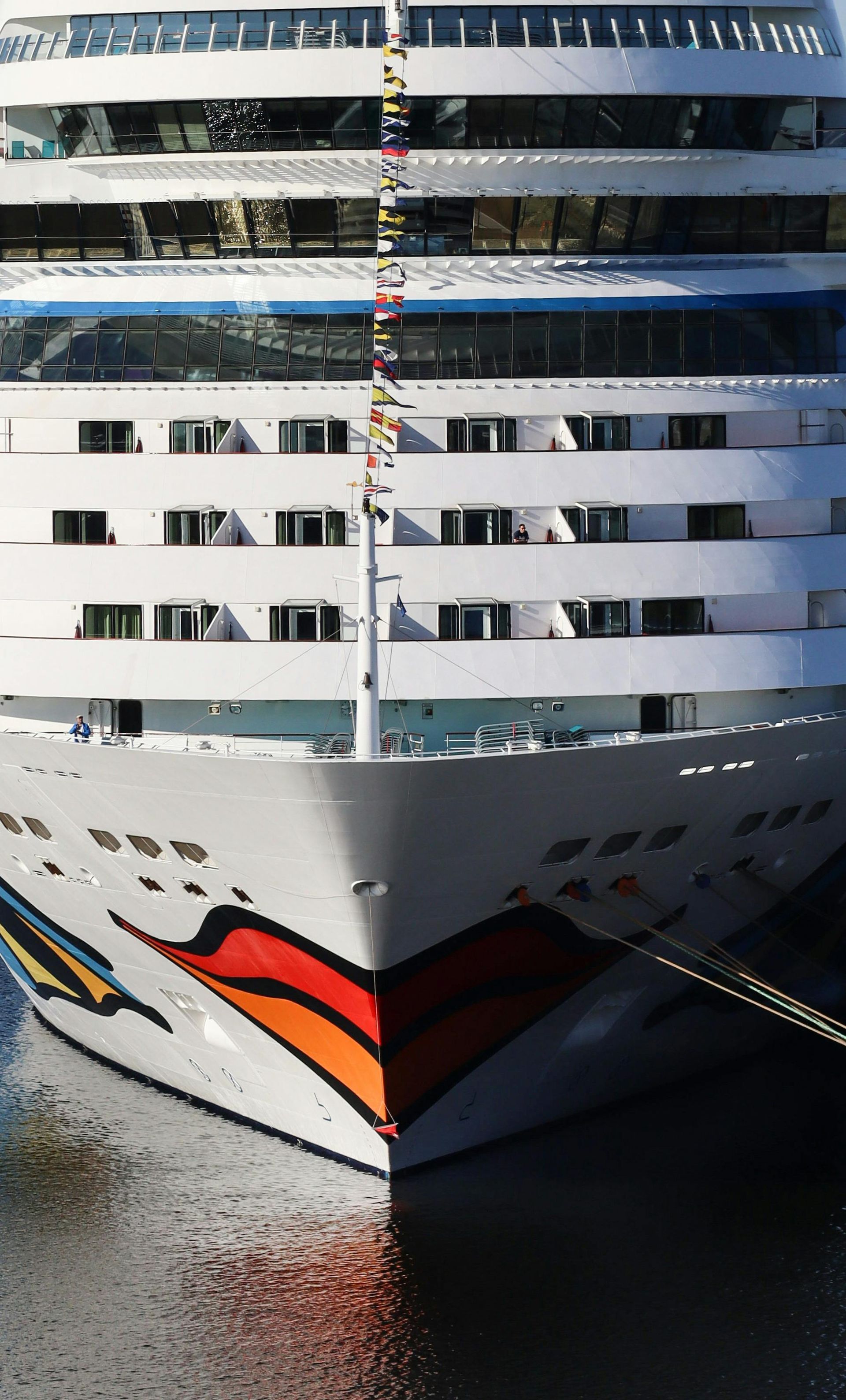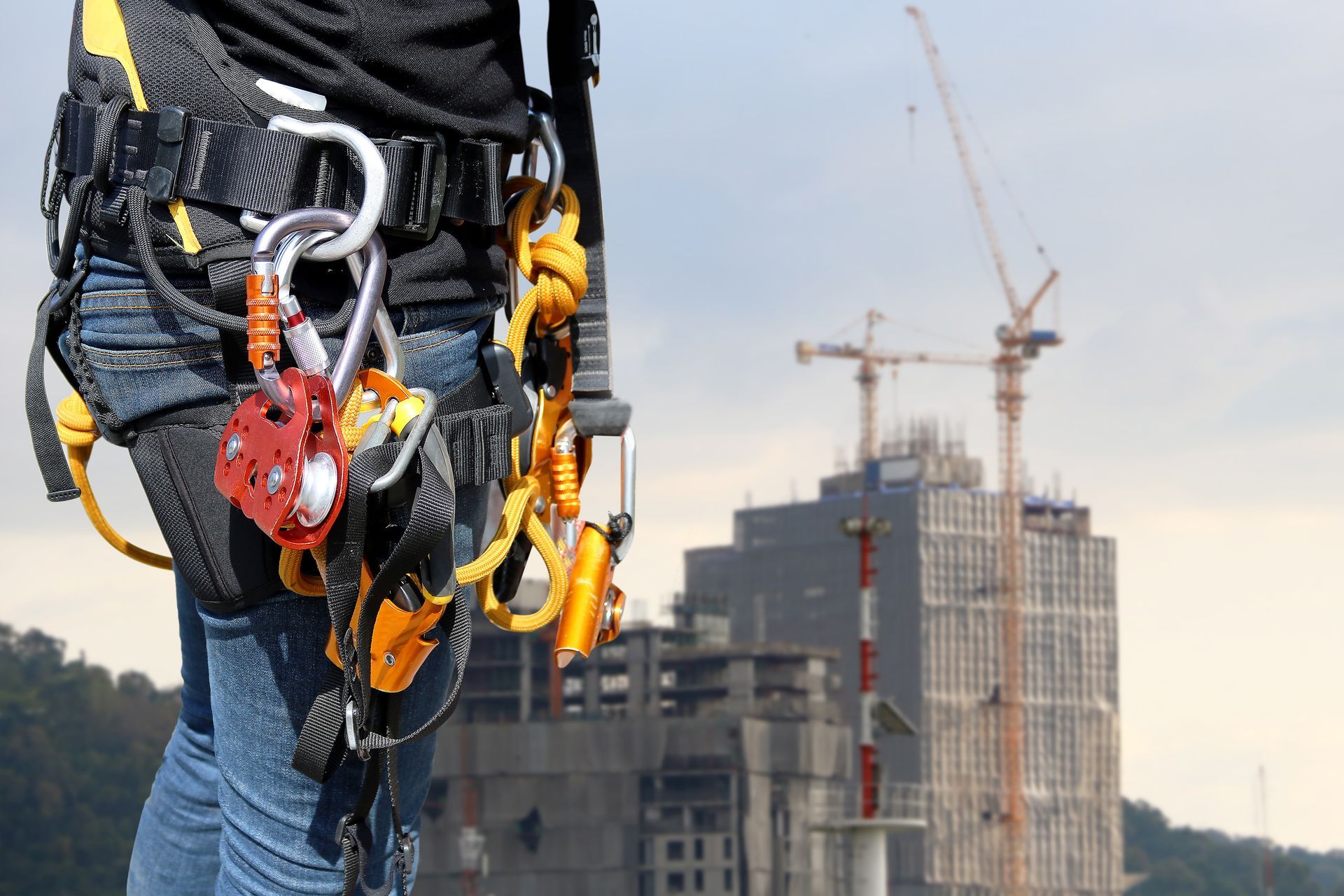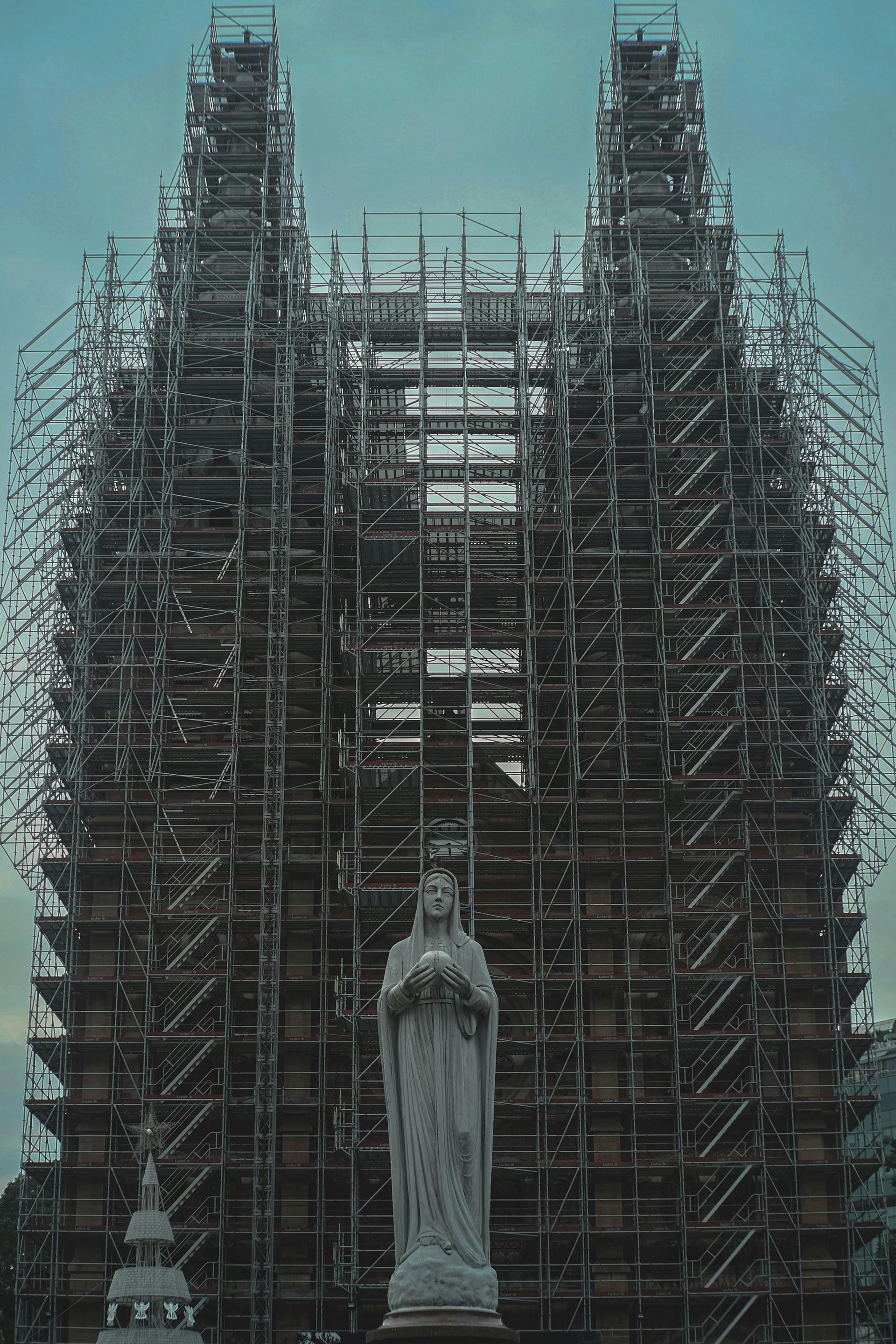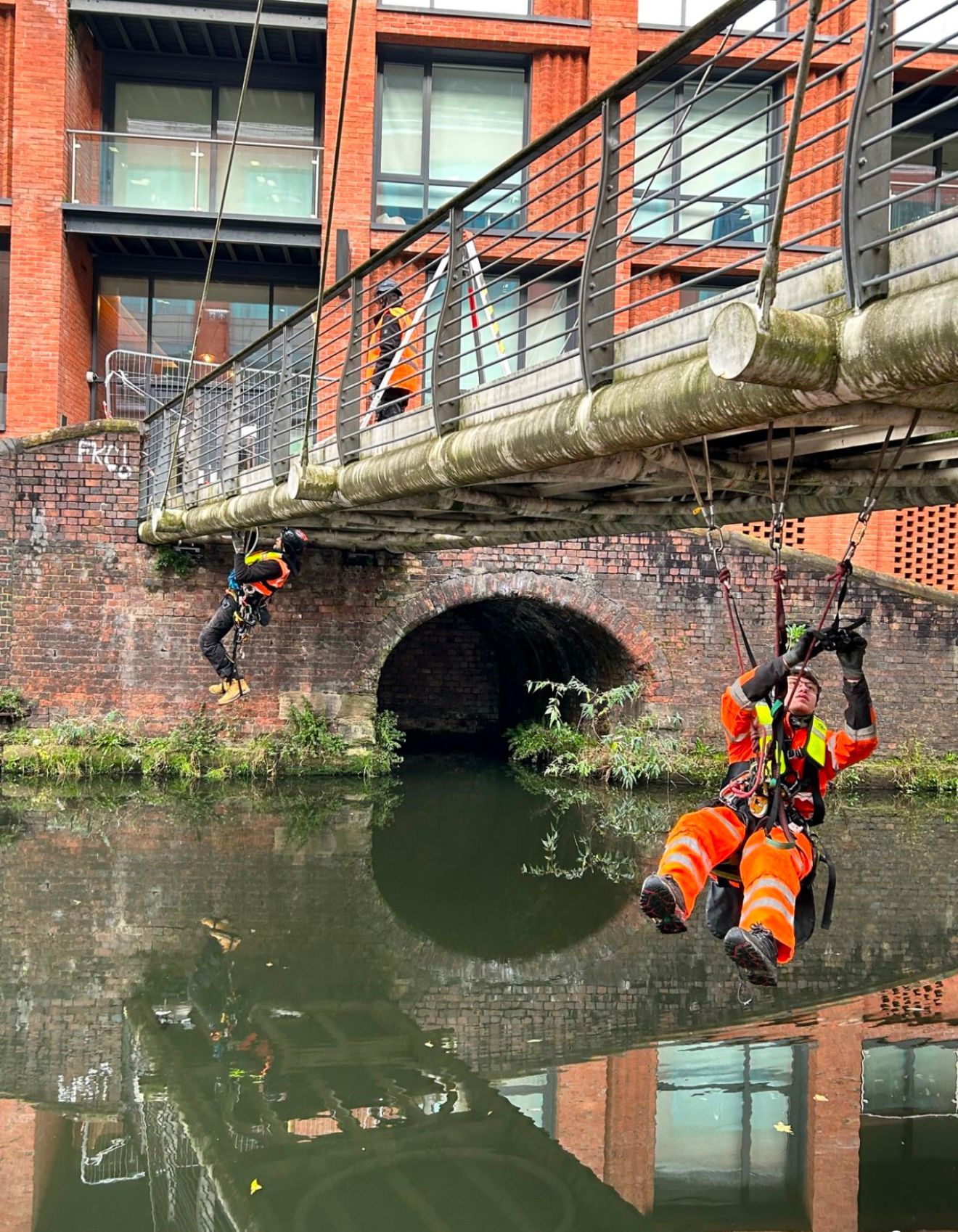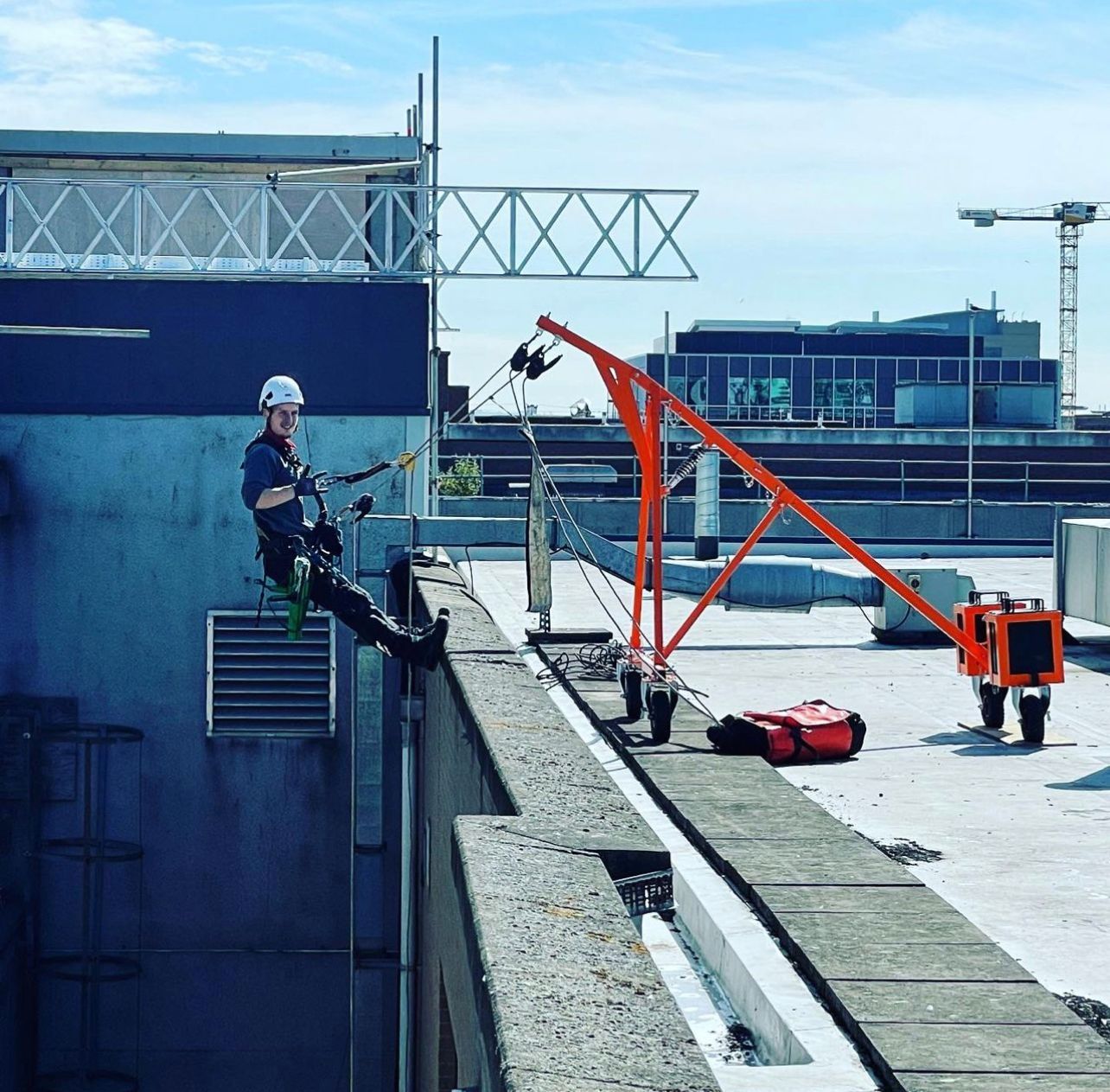VR Painter Training

Painter Training ppt
Painting Courses
Dangle has plans to offer it's Train the Painter course's using virtual reality technology from a VR paint booth and spray gun that enables students to work and master their skills, without the VOC and paint waste historically associated with the industrial paint training process.
VR Training has a GREEN sustainable future for Industrial paint
Wearing the VR headset, a student can simulate painting a real life component through the VR platform without ever spraying an actual drop of paint, and the mess the coating process causes is completely eliminated. Train the Painter training can now be used to deliver a new way of training apprentice painters, and up-skilling existing paint teams, through the use of a virtual reality (VR) technology.
"The technology is now much more advanced, efficient and sustainable than previous attempts and therefore the time is right to bring this to the market" said MD of Dangle, Simon Dunn.
The VR platform mimics a industrial painting environment, and multiple coating systems can even be applied in order to train paint teams virtually. A VR headset immerses the student in a virtual paint booth, complete with an image of the steel surface to be coated.
The system can be programmed with various paint specifications (such as the thickness of the coating required) and, as the spray operator uses the airless spray gun, they can see whether too much or too little paint is used and look for inconsistencies in the way the coating is being applied, including paint runs or low areas and even misses.
Meanwhile, the operator’s core skills are measured, from setting up the spraying session to the distance, angle and speed at which the gun is used. The feedback is immediate, so trainees can react quickly and change their technique to become more consistent. It shows where runs and sags occur, where the wet film thickness is not sufficient or where the coverage is inadequate to deliver a smooth finish. It also helps them avoid common problems, such as paint overlap, orange peel effects and much more.
Train Painters
During trials, a very specific part of a wind turbine — a nose cone — was programmed into the system. A team of 13 painters with varying abilities were then encouraged to spray the part — without a single drop of real paint being used. Describing the VR paint training solution as an efficient, safe way to train painters, has now very much become realitity itself. “In a spray booth, we’d have to spray the primer, then let it dry, then measure the results to see how students did which all takes time. Simon says. “If we were training 13 painters, we’d also have to have 13 nose cones available to paint, to give the painters a real on the job feel. With virtual reality paint training, we don’t have any of these challenges. We can train more painters, more quickly, and allow them to make more mistakes in a controlled classroom environment, which ultimately leads to better results in their working sectors”
Coating Applicators
Our services team will begin with the training, physically setting up and using the spray booth to share their experience and their technique with new industrial painters coming onto our course's. Even for experienced painters, there are real benefits, the company says. A industrial painter or coating applicator may have been using a epoxy paint and need to switch to a polyurethane paint or use a paint with a different mix ratio that could also be heavier or lighter, and all of this can be programmed into the system to replicate a true user-experience.
“Typically, when a customer asks for training, we have to provide significant quantities of paint, much of which is wasted,” Simon says. “By effectively moving the spray paint training into the classroom, we completely eliminate waste, reduce costs, unnecessary shipping and prevent volatile organic compounds (VOCs) from being released into the atmosphere. There are also no costs associated with cleaning the spray guns, or the additional VOCs releases from the solvents required, or providing the panels needed for wet paint training. All of these benefits add up to Dangle reducing its carbon footprint and creating a more sustainable future too, It’s a ‘win win’ for all involved.”
Read: Europe’s Tallest Building Gets Powder Coatings fr
Dangle will be looking at training more paint teams and new students in the months and years to come. “It’s a very high quality of paint training offered and I’m looking forward to getting more of my team using the VR paint equipment”
Hopefully soon Dangle's training centre in Dundee, Scotland will be looking to offer portable units for use at a customer’s own premises.
About Dangle Rope Access
Here at Dangle Rope Access, we provide a variety of comprehensive inspection, access, coatings, and composite (IACC) industrial services. Our services are available to both the private and public sectors.
We offer high-quality proven solutions that will help reduce maintenance costs in both the long and short-term. We are based in Dundee, Scotland and also have offices based in Edinburgh, along with our newly established training centre in Northern Ireland Dangle Academy. Due to our company size and structure, we are able to offer a flexible and versatile approach to the way we run our business and the services that we offer our clients. And, as a leading painting company, we’ve worked on several renewable energy projects in the UK, Europe, and the US.
We work with both on and offshore with wind farm operators, and asset owners. For offshore wind farm maintenance, to onshore building maintenance, we can cover both the East and West coasts.
To find out more about how our team can help you contact us today. Our friendly, professional and helpful team is always on hand to help.
VR Painter Training
Coating Process
Painting Training
We'd love a share...

